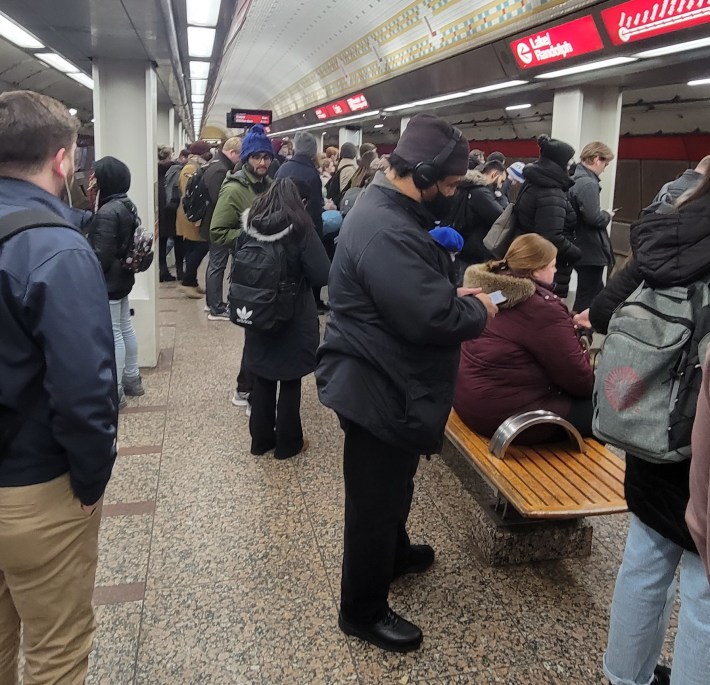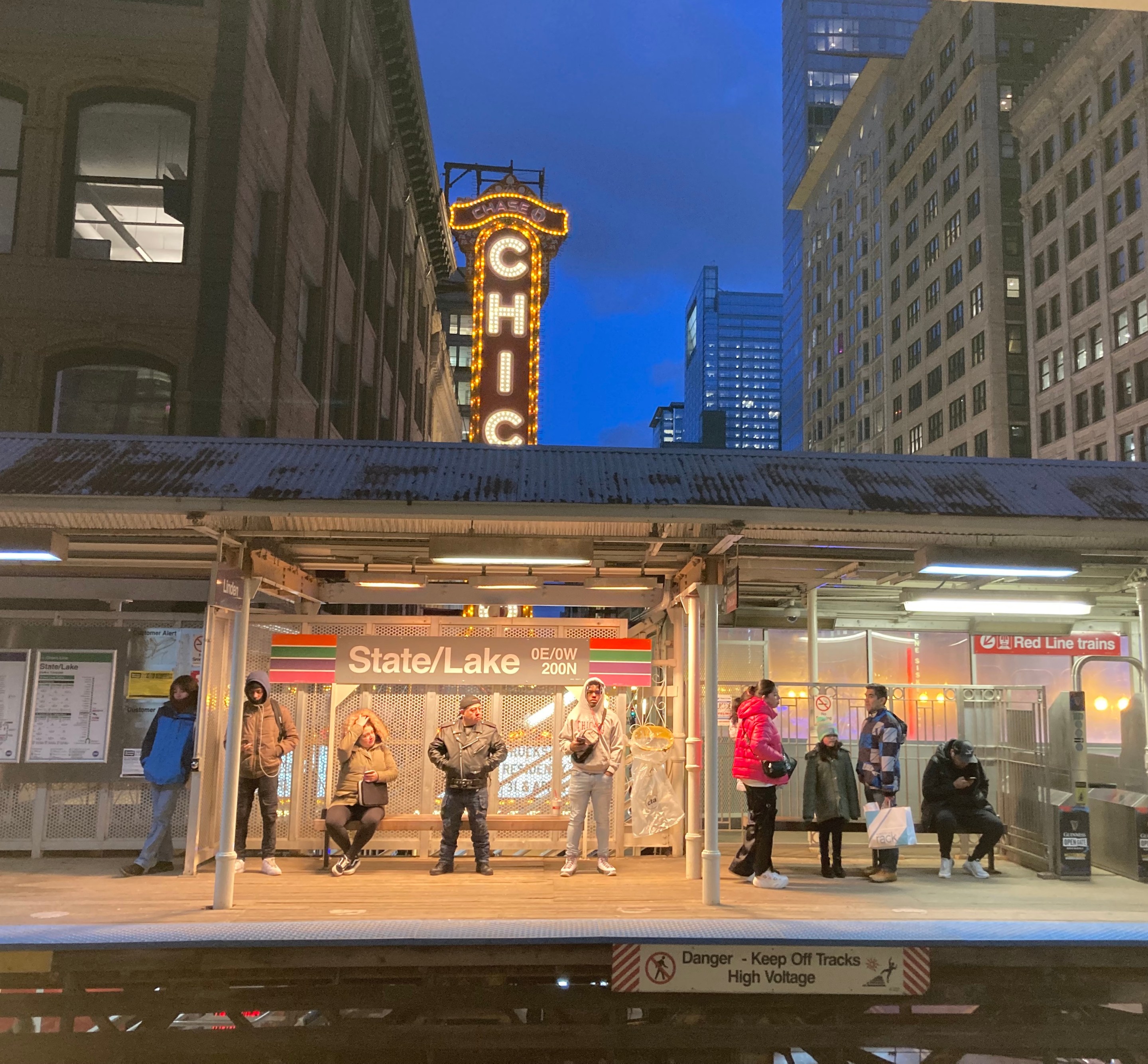The CTA's post-pandemic problems with staffing shortages, safety, and cleanliness are well documented. Transit advocates have also argued that the agency's management has been less-than-transparent about cuts to scheduled service, and that recent claims about improved reliability are misleading.
But there was some good news about the CTA today as the agency announced that ridership reached the highest levels since the Stay at Home era began. 243.5 million rides were taken in 2022, up 24 percent from 196 million trips in 2021. However, the 2022 figure is still about 46 percent lower than the 455.7 rides taken in 2019, so the system still has a long road to full recovery.
Last year 140 million CTA bus trips were taken, a 19 percent increase from 2021. 'L' ridership grew by about a third, from 79 million rides in 2021 to 104 million trips in 2022.
“As the region continues to emerge from the pandemic, more people are returning to the office and also finding new opportunities to take public transit – from shorter, neighborhood trips to special events throughout the city,” said CTA President Dorval Carter, Jr. in a statement. “CTA continues to provide as much service as possible to meet this increasing demand, while also closely watching ridership demand and patterns.”
The agency noted that there was a 50 percent increase in ridership on bus lines serving downtown last year, as more employees returned to offices and other workplaces. 'L' stations in the central business district saw between 35 percent and 49 percent increases in entries.
Last year ridership peaked on Thursday, October 13, with 953,000 trips. According to the CTA, autumn is typically the busiest time of year for for the system, and Wednesdays and Thursday are among the busiest days of the week. The agency added that ridership on weekends has recovered to 60 percent of pre-COVID levels.
According to the CTA, the upward trend has continued so far in 2023. Saturday, March 11, was the busiest Saturday this year with over 660,000 trips taken thanks to St, Patrick's Day festivities. That was a 23 percent increase over the same day in 2022.
Despite the good news, 2022 ridership was still only about 53 percent of pre-pandemic levels. The agency partially blamed this on "new hybrid work schedules and changes in commuting patterns and demand." Obviously long, unpredictable waits between runs; crowded platforms and trains on some 'L' lines during rush hours; frequent headlines about violent crime on transit; and many reports of unsanitary or smoke-filled 'L' cars aren't helping matters.

Fabio Göttlicher, an organizer with the grassroots group Commuters Take Action, applauded the new stats. "We're excited to hear that riders are coming back to public transit," he said. "Despite many the changed travel patterns of Chicagoans, CTA remains an essential service for many."
"We'd welcome a mention of how much service has increased to accommodate for this higher ridership," Göttlicher added. "While ridership has increased 24 percent year-over-year, we can certainly say that the amount of service has not increased by the same amount. We keep receiving reports from riders of delayed and overcrowded trains and buses. Especially problematic is the Blue Line rush hour service, but we've also noticed an increase in reports of sardine-packed Red Line trains. We hope to see a continued upward trend of ridership figures, but without increased and more reliable service, Chicagoans are not going to trust the CTA enough to get back on the bus or train."
Indeed, unless the CTA can get its workforce back up to full strength, and return its scheduled and delivered service to pre-pandemic levels, this upward trend may not last.



